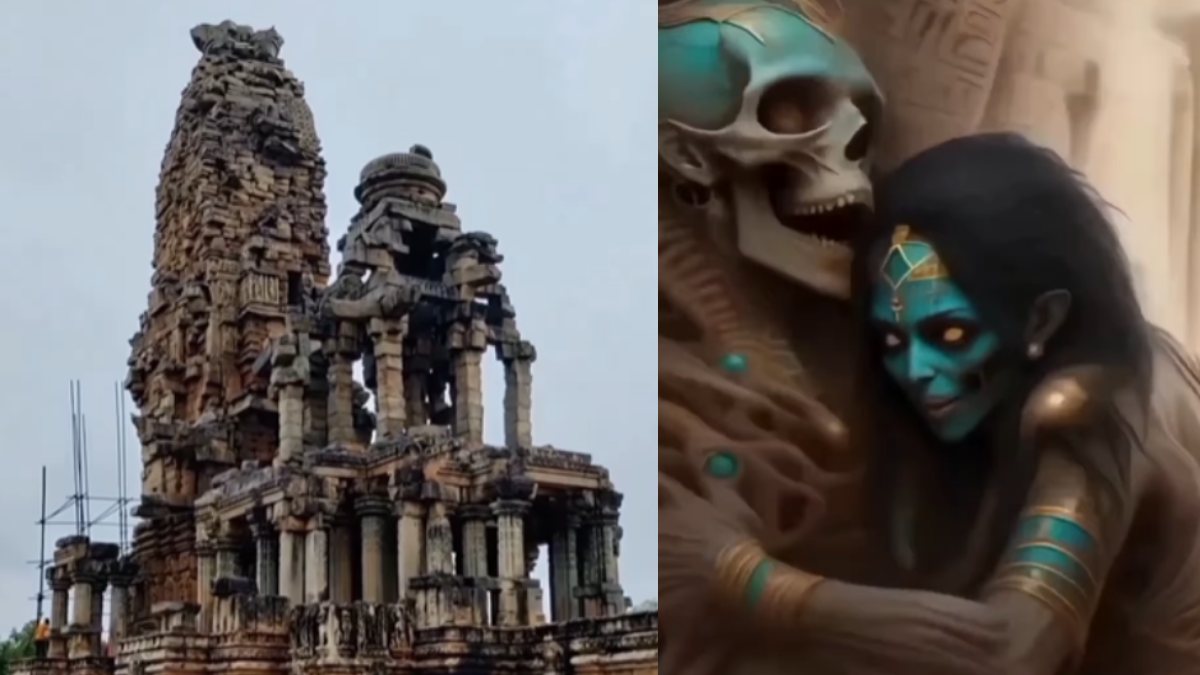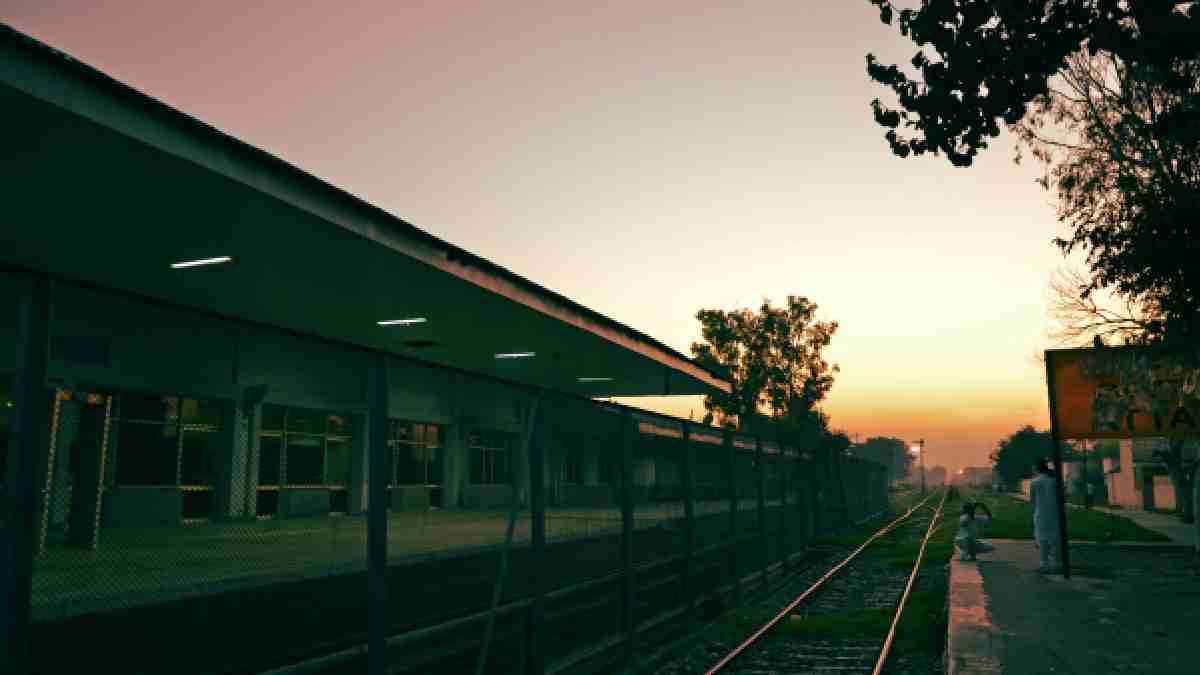[ad_1]
New Delhi: Deep within the heart of Madhya Pradesh, India, lies the intriguing relic of Kakanmaṭh—an ancient Shiva temple shrouded in mystery and history. This 11th-century marvel, built under the patronage of Kachchhapaghata ruler Kirttiraja, has recently piqued the interest of archaeologists and historians alike.
A temple with an extraordinary past?
Kakanmaṭh’s significance goes beyond its architectural grandeur; it carries the echoes of a bygone era. This remarkable temple, dedicated to the Lord Shiva, boasts a rich tapestry of tales. As per the local folklore, the residents from the villages in the vicinity believe that the temple was built by ghosts in one night and they left the construction midway.
It is also visible that the entire structure is bereft from any use cement. It appears that the temple might fall, however, it has always stood firm even during wraths of nature including heavy rains and intense gushy winds.
The legend of Kakanmaṭh
According to local folklore, Kakanmaṭh earned its name from the queen of Surajpala, known as Kakanavati or Kakanade. While the historicity of this legend remains a subject of debate, another theory suggests that the temple derives its name from the fusion of “kanak” (gold) and “maṭha” (shrine).
Ruins and renovations
Originally, Kakanmaṭh stood as part of a temple complex, characterized by a central shrine surrounded by four subsidiary temples. Today, only the remnants of the central temple remain, with its outer walls, balconies, and spire succumbing to the ravages of time, likely exacerbated by an ancient earthquake.
Historical records provide insights into the temple’s resilience. A Sanskrit inscription dating back to 1450 VS (1393-94 CE) chronicles the extensive renovation efforts led by Durgaprasada, breathing new life into the Mahadeva temple (Kakanmaṭh). Additionally, a 1497 VS (1440-41 CE) pillar inscription narrates the pilgrimage of Dekhana during the reign of Dungara, a Tomara ruler of Gwalior, further cementing the temple’s historical importance.
A monument of national significance
In recognition of its cultural and historical value, the Archaeological Survey of India (ASI) has classified Kakanmaṭh as a “Monument of National Importance.” This designation underscores the temple’s role as a living testament to India’s rich heritage.
Kakanmaṭh’s architecture is nothing short of awe-inspiring. Its structure comprises a sanctum, a vestibule, and two halls—gudha-mandapa and mukha-mandapa. The sanctum features a circumambulatory path with three transepts, while the gudha-mandapa boasts lateral transepts and clusters of ornate pillars. The vestibule aligns with the gudha-mandapa’s four pillars, creating a harmonious architectural symphony. Rising above it all is the towering shikhara (spire), reaching a height of approximately 30 meters.
An archaeological treasure trove
Among the temple’s fascinating relics are two magnificent lion statues that once graced its entrance. Today, these statues reside at the entrance of the Archaeological Museum in Gwalior, joining numerous other sculptures that have found their way to this repository of India’s artistic heritage.
As Kakanmaṭh continues to captivate the curious minds of historians and enthusiasts, it remains a testament to the enduring allure of India’s ancient past. The temple’s secrets, now unveiled, invite us to step back in time and explore its enigmatic history.
[ad_2]




